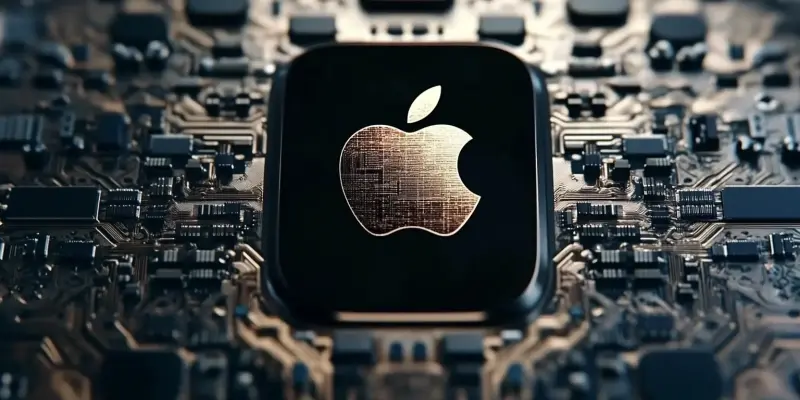The escalating costs and decreasing performance gains of Apple’s A-series chips are becoming increasingly apparent in the ever-evolving tech industry. Apple’s A-series chips have long been celebrated for their power and efficiency, driving the company’s flagship products like the iPhone and iPad. Today, however, the path to smaller, more powerful chips is proving to be a costly endeavor. To put things into perspective, the production costs of these chips have skyrocketed, while the performance improvements have become less significant with each new iteration. This article delves into the technical and financial challenges Apple faces as it continues to push the boundaries of chip manufacturing.
The Transition from A7 to A18 Pro: A Costly Advancement
In 2013, Apple’s A7 chip was a marvel of modern engineering, boasting a billion transistors and constructed on TSMC’s 28nm process. These wafers cost around $5,000 each. Fast forward to the present day, and the A18 Pro, which leverages TSMC’s cutting-edge 3nm process, now costs a staggering $18,000 per wafer. This price hike equates to more than 3.5 times the cost of the A7’s wafers. The cost per square millimeter has similarly surged from $0.07 on the 28nm process to $0.25 on the 3nm process. Despite the steep increase, Apple has managed to fit an astonishing 20 billion transistors into the A18 Pro’s CPU, GPU, and neural cores, reflecting significant advancements in chip density and complexity.
Some of the most dramatic transistor density gains occurred in the transitions from the 28nm process to the 20nm and 16nm/14nm processes. The “glory days” of 10nm and 7nm, which saw the introduction of the A11 and A12 chips, represented a period of significant progress. However, in recent years, these gains have slowed considerably. The increase in transistor density between the A16 and A18 Pro has fallen to single-digit percentages, largely due to diminishing returns in SRAM scaling. This trend indicates that the era of exponential density gains in chip manufacturing may be winding down.
The Focus on Power Efficiency and Competitive Edge
Given these challenges, Apple’s strategy has increasingly focused on maximizing the performance-per-watt metric, a crucial measure of power efficiency. This shift is partly due to the decreasing feasibility of achieving significant IPC (Instructions Per Cycle) throughput gains. By emphasizing power efficiency, Apple aims to keep operating costs in check, maintaining relatively stable die sizes while dramatically increasing transistor density. This approach ensures that, even as the cost of producing each new chip generation rises, the company can continue to offer competitive performance in its devices.
One of Apple’s strategic advantages lies in its unique relationship with TSMC. As a top customer, Apple reportedly pays only for “good die” rather than per full wafer, which provides a competitive edge over other companies and helps offset some of the rising costs. This arrangement allows Apple to manage the financial implications of progressing to each new manufacturing process node. Despite the reduced gains in transistor density, this close partnership with TSMC ensures that Apple remains at the forefront of cutting-edge chip technology.
Balancing Advancements and Escalating Costs
The rising costs and diminishing performance gains of Apple’s A-series chips are becoming more noticeable in the rapidly changing tech landscape. For years, Apple’s A-series chips have been praised for their power and efficiency, powering major products like the iPhone and iPad. Today, the journey to creating smaller, more advanced chips is proving to be a costly challenge. The costs associated with producing these chips have surged, while the performance enhancements have become less pronounced with each new release. This situation highlights the technical and financial hurdles Apple faces as it strives to innovate in chip manufacturing. As the tech industry continually evolves, Apple finds itself at a crossroads, where the economic feasibility of pushing semiconductor technology further is under scrutiny. Balancing the pressures of maintaining leadership in chip performance while managing escalating production costs has become a significant obstacle. The future of Apple’s A-series chips will depend on their ability to overcome these challenges and continue to deliver groundbreaking technology.

